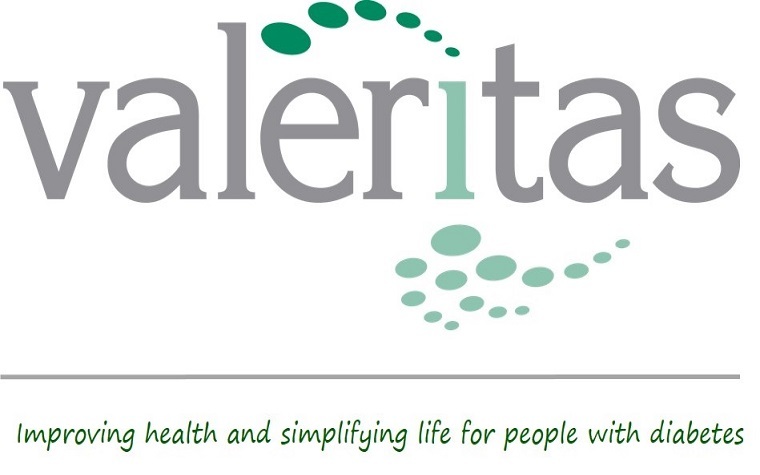Valeritas, inc issued the following announcement on May 18.
Valeritas Holdings, Inc. (NASDAQ:VLRX), a medical technology company which offers V-Go® Wearable Insulin Delivery device, a simple, all-in-one insulin delivery option for patients with diabetes, announced positive results were shared today from two new studies during poster presentations at the American Association of Clinical Endocrinologists Annual Scientific and Clinical Congress held in Boston, Massachusetts.
Study 1 (Poster 287) - Short-term Evaluation Demonstrates Improved Glycemic Control with New Insulin Delivery Device.
This 3 month evaluation was conducted in 60 patients with type 2 diabetes across multiple endocrine clinics within the Southern California Kaiser Permanente Group to study if simplifying insulin delivery with a new insulin delivery device (V-Go) resulted in improved glycemic control in patients who were uncontrolled on prior regimens.
“Poor glycemic control (A1C above 9.0%) places patients at high risk for long-term complications and negatively impacts health care costs. Exploring new treatment options which translate into improved glycemic control can benefit patients and have positive implications for health care costs and utilization,” said lead author, Dr. Patricia Wu, Endocrinologist, Southern California Kaiser Permanente Group. “In our study, use of V-Go resulted in significant improvement in glycemic control and reduced the percentage of patients poorly controlled and at high risk. Diabetes management can be challenging, and the improvements seen in this study are encouraging and clinically relevant.”
After three months of V-Go use, significant reductions were observed in both A1C (-1.3%; p<0.0001) and TDD (-24 U/day; p<0.0001). Improvements in A1C were noted across a wide range of baseline insulin doses (30 to 200 U/day). Prior to initiating V-Go, 60% of patients exhibited poor glycemic control (A1C above 9%) which was reduced to 22% of patients with use of V-Go.
Study 2 (Poster 220) - 24-Hour Wearable Basal-Bolus Insulin Delivery Device Improves Time in Range and Treatment Satisfaction over Multiple Daily Injections- A Pilot Study.
This prospective pilot study used continuous glucose monitoring technology to compare blood glucose time in range for an insulin regimen consisting of 3 or more insulin injections/day to time in range after switching to V-Go for basal-bolus insulin delivery.
“Understanding the percent of time a patient is within an established blood glucose range is an important measure when evaluating glycemic control,” said Dr. Shreya Parikh, lead author and Founder, Sugar Land Endocrine & Thyroid in Sugar Land, TX. “The goal is always to improve blood glucose time in range without increasing hypoglycemia, and I am pleased to see switching to V-Go for insulin delivery achieved this goal and was preferred by patients over their prior insulin regimens.”
Blood glucose time in range (80 to 140 mg/dl) was evaluated using CGM in seven patients diagnosed with type 2 diabetes on stable doses of 3 or more insulin injections/day and after approximately five weeks of V-Go use. After switching to V-Go, the average time in range for all patients increased by 35% and insulin TDD decreased by 39% from 97 to 59 U/day (p=0.029) compared to baseline insulin therapy. On a patient basis, 6 out of 7 patients experienced improved time in range. In these six patients, average time in range increased by 49% and insulin TDD decreased from 83 to 56 U/day (p=0.020) compared to baseline insulin therapy. Across all patients, treatment satisfaction scores were higher for V-Go compared to prior insulin therapy.
“We are excited by the results of these two new studies,” said John Timberlake, President and Chief Executive Officer of Valeritas. “The simple, convenient manner in which V-Go delivers basal-bolus therapy continues to prove clinically beneficial and is patient preferred.”
Original source can be found here.








 Alerts Sign-up
Alerts Sign-up